Retinol & Other Skincare Actives: The Ultimate Guide
| Authored by: Adeeba |
| Reviewed by: Kapil Dhameja |
| Estimated Reading Time: 7 minutes |
Hi! I'm Kareena, 35 years old, full-time worker and a part-time skincare fanatic. Six months ago, my skin was looking dull, uneven ,and those wonderful fine lines around my eyes were starting to feel a little too sure of themselves. All these skin problems made me accept and give it a shot to “ You have to try retinol” advice, and I admit, it worked.
So basically, I started slowly, using a low-strength retinol (0.25%) twice a week. The first couple of weeks felt, honestly, like an absolute rollercoaster, a little dryness, light peeling, that "oh no" stage when you wonder if you've done something wrong. But once my skin adjusted, it felt amazing. By the second month, my skin felt smoother, brighter, and even makeup sat better on my skin.
So if you're curious about retinol, or maybe a little apprehensive, or maybe how to mix it with your other products, then I've been there. Let's walk through everything you need to know; how it works, how to mix it safely, and how to build your own routine for glow-up goals without freaking your skin out.
|
Table of Contents |
What exactly is Retinol?

Retinol is a derivative of Vitamin A. It is among the most thoroughly researched agents for skin rejuvenation. Essentially, as soon as it comes into contact with your skin it is converted to retinoic acid, the active form that signals your skin cells, "It's time to refresh and restore!"
It acts to promote quicker skin cell turnover, increase collagen, for elasticity and firmness, improve skin texture, and brighten skin tone. It is your skin's "refresh" button.
In scientific terms, retinol binds to certain receptors (the RAR and RXR) and stimulates collagen production while positively influencing a decrease in collagen degrading enzymes.
Studies have shown that retinol increases both the epidermal and papillary dermis thickness, which is associated with increased fullness and smoothness of the skin surface and decreased fine lines and wrinkles.
Retinol will significantly benefit skin rejuvenation. However, because it is quite a strong active ingredient, it should be introduced slowly and thoughtfully combined with other actives.
Benefits of Retinol

Okay! So stay tuned with me because now we will understand some of the benefits of Retinol.
-
Reduces fine lines & wrinkles
Retinol helps stimulate collagen production over time so your skin continues to be firmer and more youthful-looking.
-
Enhances skin texture
Retinol makes your skin cells turnover more quickly, dull, rough skin is replaced with newer and smoother skin layers.
-
Helps to fade dark spots & pigmentation
Regular retinol use helps even out skin color and lightens sun damage, acne marks and hyperpigmentation.
-
Clear pores
Retinol helps prevent clogged pores due to shed skin cells accumulating, which is great for acne-prone skin.
-
Brightens dull skin
With use, retinol helps provide that bright, fresh, healthy glow and appears as if you just got back from vacation.
-
Enhances effectiveness of other products
When layered properly, retinoid use boosts how well other serums and moisturizers work.
How to mix retinol with other actives?
Retinol has a good compatibility with other skin products, but again, it depends on how you introduce it. Following a few common-sense guidelines will save you from a world of irritation. Now let's dig into when retinol works well with other skincare gems and when you should tread carefully.
Some general rules:
-
Use Retinol at Night
Retinol cannot stay stable in sunlight, so it is always best to use it at night in your PM skincare routine. This gives your skin time to repair overnight. You will also want to be using a broad-spectrum SPF 30+ during the day to help protect your skin barrier.
-
Go Slow and Build up tolerance
New to retinol? Build up gradually, maybe starting with 2-3 nights per week. As your skin gets used to using it, you can start to increase its usage. Avoid introducing too many actives to your skin at once. Start simple and allow your skin to adjust to retinol first.
-
Always Use with Hydration
Retinol can be drying to the skin, so always pair it with a hydrating ingredient, like:
-
Hyaluronic acid
-
Glycerin
-
Ceramides
These ingredients can help you to retain moisture and also reduce irritation or flaking.
-
Don’t Combine Harsh Exfoliants
Do not use strong acids (AHAs/BHAs) or retinol on the same night, especially if you’re new.
Why? Because both retinol and acids exfoliate skin, retinolHow much Retinol to use does this by increasing cell turnover and acids do this chemically. Using both or exposing your skin to too much exfoliation, can lead to redness, peeling, and sensitivity. Instead, use them on alternate nights, acids on one night, retinol the next.
Retinol with other Actives

Hyaluronic Acid & Retinol
Hyaluronic acid (HA) is your moisture magnet. Retinol can be drying, so pairing it with Hyaluronic Acid can help lock in hydration and keep your skin plump. You can use HA before or after retinol, whatever feels best for your skin. Also, you’ll be surprised to know that retinol also helps your skin make more of its own hyaluronic acid!
Niacinamide & Retinol
What we love about this duo is that niacinamide acts as a peacekeeper for your skin. It soothes, strengthens, and calms redness and irritation. Plus, it helps your skin tolerate retinol better with fewer side effects, and gives amazing results. You can choose to use niacinamide in the morning and retinol at night, or you can layer niacinamide on top of your retinol after your skin has adjusted.
Salicylic And & Retinol
Since both retinol and salicylic acid (which is a BHA) are exfoliating, it can feel like a lot to combine these products in the same night. The trick is to alternate nights. Use the BHA one night to decongest the pores, and the retinol the next night for a general skin renewal. If you wish to combine the two - be brave and buffer with a moisturizer and go lightly!
Vitamin C & Retinol
Vitamin C brightens and protects from environmental damage, while retinol renews overnight. Use vitamin C in your morning routine while retinol at night, that way, you are protecting and repairing your skin 24/7.
Research shows that when used separately, this brings a marked improvement in tone and texture.
Glycolic Acid & Retinol
Both target roughness, dullness, and fine lines. However, because they both speed up skin turnover, they might be irritating if you are using them together too frequently. Instead try glycolic acid once or twice a week and retinol on other nights, you should still see a toning effect and not have to deal with flaking.
Natural Retinol products for Ageless Radiance
How much Retinol to use
Achieving the appropriate strength and usage frequency of retinol is the true secret to achieve results without irritating your skin. Consider it as if you're teaching your skin a new workout, you start gently, slowly increase the speed and gradually build strength over time.
Start low, go slow
If you have never used retinol before, don't jump right in at a high percentage. Start with a low strength (0.1%–0.3%) product and use it only 1 or 2 times per week. This will give your skin time to adjust and build tolerance.
If you notice there isn't any pinkness or flakiness you can increase the frequency (every other night), possibly progressing to a 0.5% product if your skin is feeling comfortable.
Less is More
You only need a pea-sized amount to cover your entire face. More will not help it work faster, it will just irritate your skin.
Always follow retinol with a moisturizer (or even try layering moisturizer before and after retinol if you have a sensitive skin, this technique is called “buffering”). It should be noted that you should never skip sunscreen in the morning. Retinol increases your skin's sun-sensitivity, so SPF is crucial.
Mixing with Retinol: What to Stay Away From
Retinol is a great option. But here are some combinations to avoid (or use caution with):
-
Avoid layering two strong exfoliants, for eg, glycolic acid + heavy retinol on the same night unless you and your skin have both been doing it for some time now. You could end up damaging your barrier.
-
Avoid tanning beds and/or strong sun exposure while using retinol. Why? Because with retinol, you have an increased cell turnover which means more UV sensitivity to the skin.
-
Avoid harsh scrubs, aggressive physical exfoliation, and/or microdermabrasion on nights you use retinol. Your skin should be supported by gentler things.
-
Avoid unbuffered high-strength retinol and benzoyl peroxide, unless instructed to do so - under supervision. They could neutralize each other or increase irritation.
-
Lastly, if you are pregnant, you should avoid most topical retinoids (especially prescription) or at least under physician guidance.
Simple Skincare Routine: Retinol Combo Guide
Let’s keep this simple! Skincare shouldn't be treated like a chemistry class. So here are three easy routines, based on your skin type.
And don’t worry, I will explain all the products in light detail below for you to understand what they do so you can feel confident using them.
Skincare Step Quick Guide (Before We Begin)
Cleansers - Cleanse dirt, makeup, and oil without stripping skin of moisture, pick one that fits your skin type; for oily skin use a gel-based one, for dry skin use a cream based one.
Gentle Toner - This adds hydration after cleansing and balances the skin’s pH, avoiding toners with alcohol. Listen: simple toners are soothing toners with additional hydration such as rose water, aloe vera, or cucumber extracting the list.
Serum- That is a concentrated formula to target a specific concern (hydration, hyperpigmentation, fine lines, etc.) such as for hydration (hyaluronic acid) or for pigmentation (vitamin c), or fine lines (retinol).
Moisturizer - This locks in hydration and builds upon the skin barrier. Choose a light one for oily skin or go in between or rich cream for dry skin.
Sunscreen - The ONE most mandatory step! For REAL sun protection against uv damage to your skin, which can exacerbate age and pigment problems as a result of riding the skin of natural oil and texture especially when using retinol.
Routine A - For Beginner and/or Sensitive Skin
If your skin is new to actives or tends to easily become dry or red, this gentle routine is for you.
PM (Evening):
1. Cleanser → removes the dirt of the day.
2. Gentle toner → calms and prepares the skin.
3. Apply low strength retinol (about 0.1%, two nights a week).
4. Hydrating serum (for example: hyaluronic acid) → adds moisture.
5. Gentle moisturizer → seals everything in.
AM (Morning):
1. Cleanse → provides a clean canvas for the skin.
2. Niacinamide serum or vitamin C → protects and brightens.
3. Moisturizer → barrier function.
4. Sunscreen (SPF 30+) → protects the skin from UV rays.
Pro tip: "Off nights" are just cleanse, hydrate, moisturize night. These are noted as buffer nights, they allow the skin to have a rest and adjust.
Routine B – Oily and Acne-Prone Skin
If oil often coats your face or you frequently develop breakouts, this skincare routine addresses excess oil and reduces pore blockage, irritably-free.
PM (Night):
Night 1: Cleansing → salicylic acid (BHA) serum → lightweight moisturizer.
Night 2: Cleansing → Retinol (0.3%–0.5%) → niacinamide serum → moisturizer.
AM (Morning):
Cleansing → oil-free moisturizer → SPF 50 sunscreen.
Routine C – For Mature Skin or Skin Concern Related to Pigmentation
This is for anyone looking to address fine lines, dull skin, and uneven tone.
PM:
Night 1: Cleanser → mild glycolic acid (AHA) → moisturizer.
Night 2: Cleanser → 0.5% retinol → peptide serum → nourishing night cream.
Night 3: Cleanser → just moisturizer or night cream (this night is for recovery).
AM:
Cleanser → Vitamin C serum → antioxidant moisturizer → SPF 50.
So consider skincare like the workout you love. You can’t do leg day every day right? Skincare is similar, you should be alternating actives, taking rest nights, and never skipping sunscreen. When you build up a routine with retinol, and are patient and consistent, it will become your best friend for long-term glow and firmness.
FAQs about Retinol
Can You Use Hyaluronic Acid with Retinol?
Yes and you should! Because HA hydrates, it’s one of the best retinol partners. Hyaluronic acid reduces dryness and flaking that is caused by retinol. Think of HA as a sponge, pulling moisture into your skin to keep it plump and cozy while retinol promotes cell renewal.
Here's how to use: Apply HA after retinol or mix a few drops into a moisturizer. Either way, this "sandwich" technique keeps your barrier calm and comfortable.
Can You Combine Niacinamide and Retinol?
Definitely! They make a great team.
Niacinamide (also known as vitamin B3) and retinol are a match made in heaven. Niacinamide helps strengthen your skin barrier and also calms redness, which helps to make retinol easier to tolerate, especially if you're new to it. Niacinamide helps brighten, too, and minimize the appearance of enlarged pores.
Expert tip: Apply niacinamide before retinol at night, or use niacinamide in your morning routine and retinol at night.
Is it Safe to combine Salicylic Acid and Retinol?
Yes, but carefully, just not at the same time.
Salicylic acid (BHA) and retinol both exfoliate and resurface the skin. Using them both on the same evening could lead to dryness and/or peeling especially if you are not accustomed to actives.
Here is how to do it carefully: On alternating nights use salicylic acid one night to help with unclogging pores and renewing on the next night with retinol. If you are using both on acne-prone skin, this combo is very effective in slowly building up your skin barrier.
Is It Safe to Use Vitamin C with Retinol?
Yes, but timing matters. Vitamin C and retinol can both be active antioxidants, though they may irritate sensitive skin when used together, as they are most effective at different pH ranges.
Best practice: Use vitamin C in the morning, it provides protection against UV rays and pollution and use retinol in the evening as it repairs and regenerates skin. You get the benefits of both: protection during the day, and recovery at night!
Is it ok to combine retinol and glycolic acid?
No, certainly not in the same routine. It is best to alternate usage. Glycolic acid (which is an AHA) and retinol both can increase cell turnover, however, can cause sensitivity, flakiness or redness when combined.
How may we balance? You may use your glycolic acid 2-3 times a week, (in the morning preferably, and on the alternate nights) and use the retinol on the other nights. If your barrier is healthy and your skin is accustomed to the actives, you may start to experiment with both. However, keep recovery nights in between.
Is acne possible from retinol?
Indeed! but only in the short term.
When you first start retinol, there could be some small bumps or breakouts that appear on the face. This is referred to as "retinol purging," which means your skin is hastening your cell turnover, causing clogged pores, etc., to surface more quickly.
Don't worry! Most of the time this will resolve in 4-6 weeks. Just keep using a small amount of retinol 1-2 nights per week, and moisturize well. If you are still having breakouts after the initial 4-6 weeks, speak to a dermatologist, as it may be irritation and not purging.
Is Adapalene a Retinol?
It’s a related compound, a synthetic retinoid!
Adapalene comes from the same family of compounds, a lab-created version that helps target acne and increase cell turnover with less irritation. It behaves similarly to retinol but is more potent and stable. It is available over-the-counter in a 0.1% and 0.3% formulation and can be used for both acne treatment and anti-aging.
Can Benzoyl Peroxide Be Used with Retinol?
In theory yes, but with caution. Both are well-proven acne treatment options, but can be drying at the same time. Benzoyl peroxide also has oxidizing effects and may deactivate some variations of retinol.
How to safely apply them:
Wear your benzoyl peroxide in the morning and retinol at night. Or wear your retinol every other night if your skin tolerates both. Also, if you are on prescription retinoids (e.g. tretinoin) check with your dermatologist first.
Final takeaway
What I’ve learned over the time trying retinoids and retinol products is that good results take time, not perfection. Retinol was not a magic product that transformed the look of my skin overnight. Rather, it took weeks of various transitions, tiny updates, and a heck of a lot of moisturizer. However, eventually, my skin felt smoother, balanced, and healthier.
I learned over time that consistency was more important than the strength of the product. Starting out slow by applying my retinol only twice a week helped my skin build a tolerance without irritation. Using a hydrating serum containing hyaluronic acid and moisturizers designed to repair my skin barrier, made a world of difference. And sunscreen? That is absolutely essential protecting my skin against sun damage while trying to take the best retinoid product.
Recommended Products
Ayurvedic Bakuchiol Serum for Youthful Looking Skin
Related Articles
Ceramide vs. Glycerin & Other Moisturizing Ingredients: What Sets Them Apart?
Ceramides and Aging: Can They Help Reverse the Signs of Aging
Can You Leave Glycolic Acid on Your Scalp Overnight? Benefits, Risks & Tips
Skincare Actives 101: Safe Percentages and How to Choose the Right Actives for Your Skin Concerns
How Do You Evaluate Good Skincare?
Neck Wrinkles: Causes, Prevention Tips & the Best Skincare for Neck Lines
SPF for Hair: Why You Need Sun Protection Beyond Skin
Case of collagen: A detailed guide on how to boost collagen production naturally
Preventing aging skin: A detailed guide for skincare for men over 30
References
EXTERNAL LINKS
https://pmc.ncbi.nlm.nih.gov/articles/PMC6791161/
https://pmc.ncbi.nlm.nih.gov/articles/PMC10669284/
https://pubmed.ncbi.nlm.nih.gov/35816074/
https://my.clevelandclinic.org/health/treatments/23293-retinol
https://www.healthline.com/health/niacinamide-and-retinol#side-effects
https://www.health.harvard.edu/blog/why-is-topical-vitamin-c-important-for-skin-health-202111102635
https://www.revivalabs.com/can-ahas-and-retinol-be-used-together/



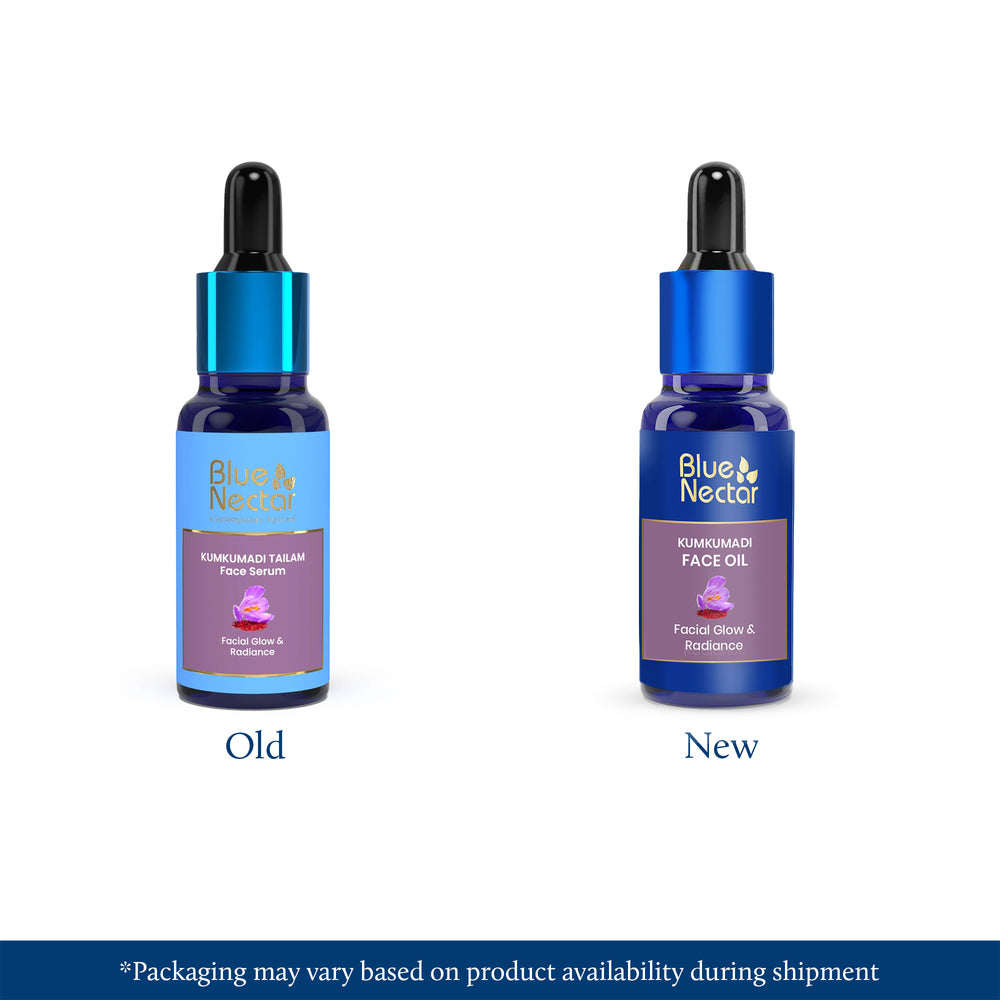
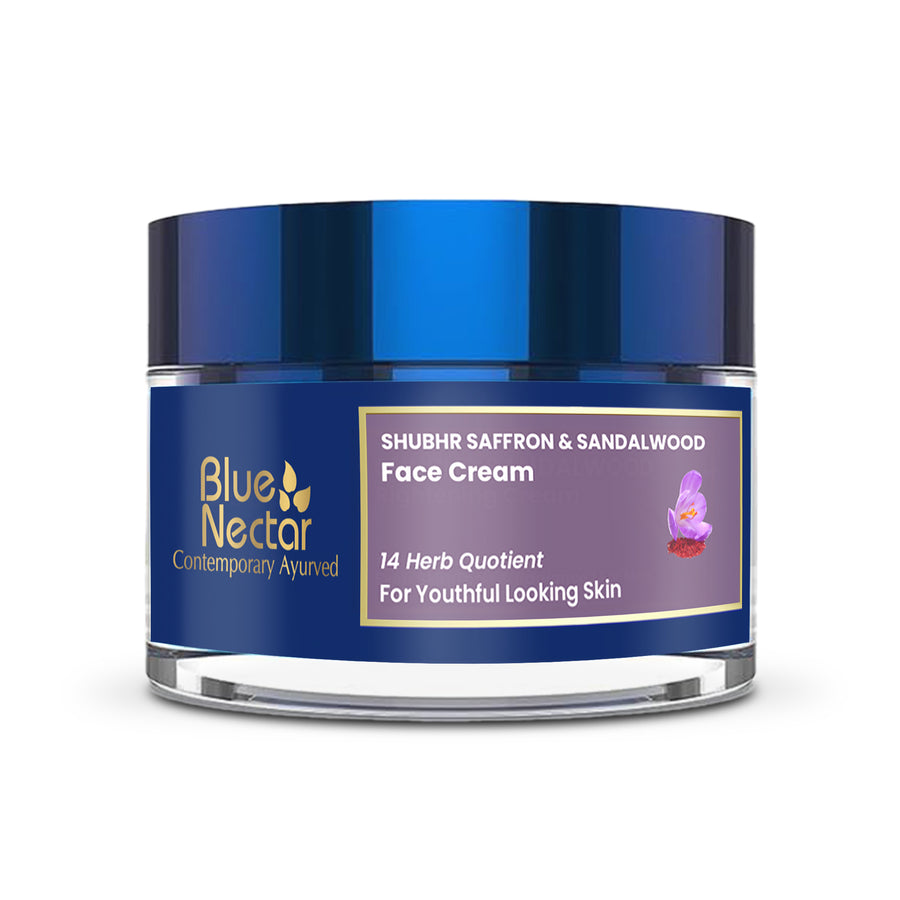

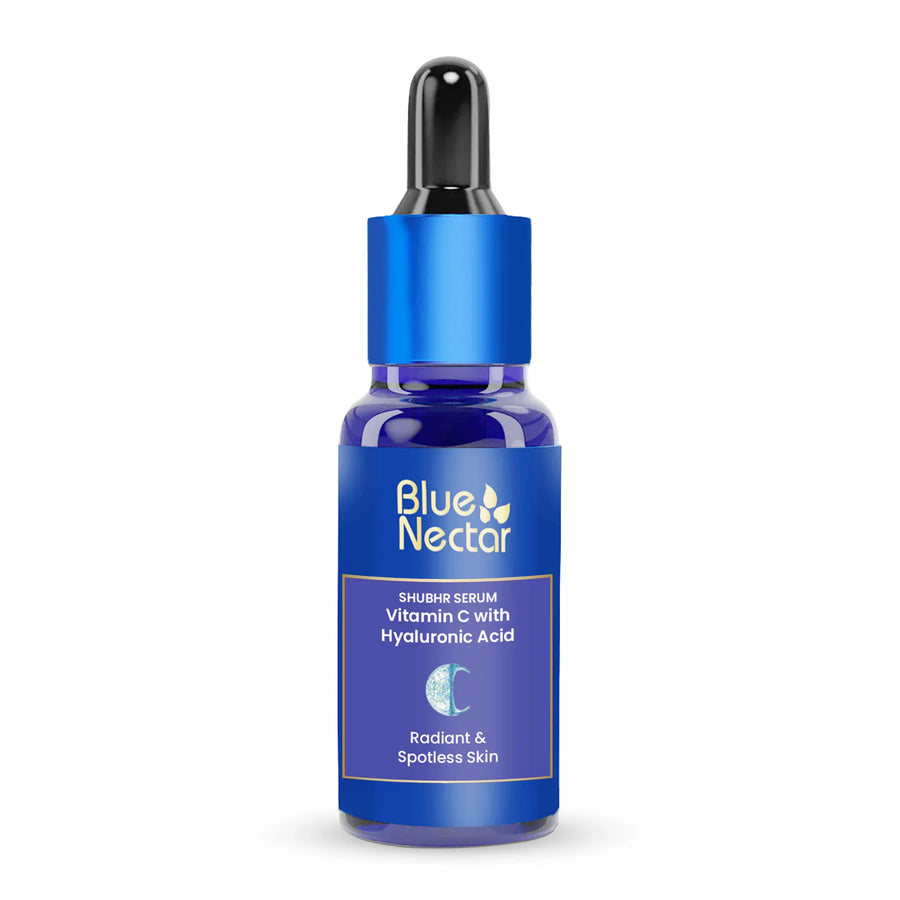


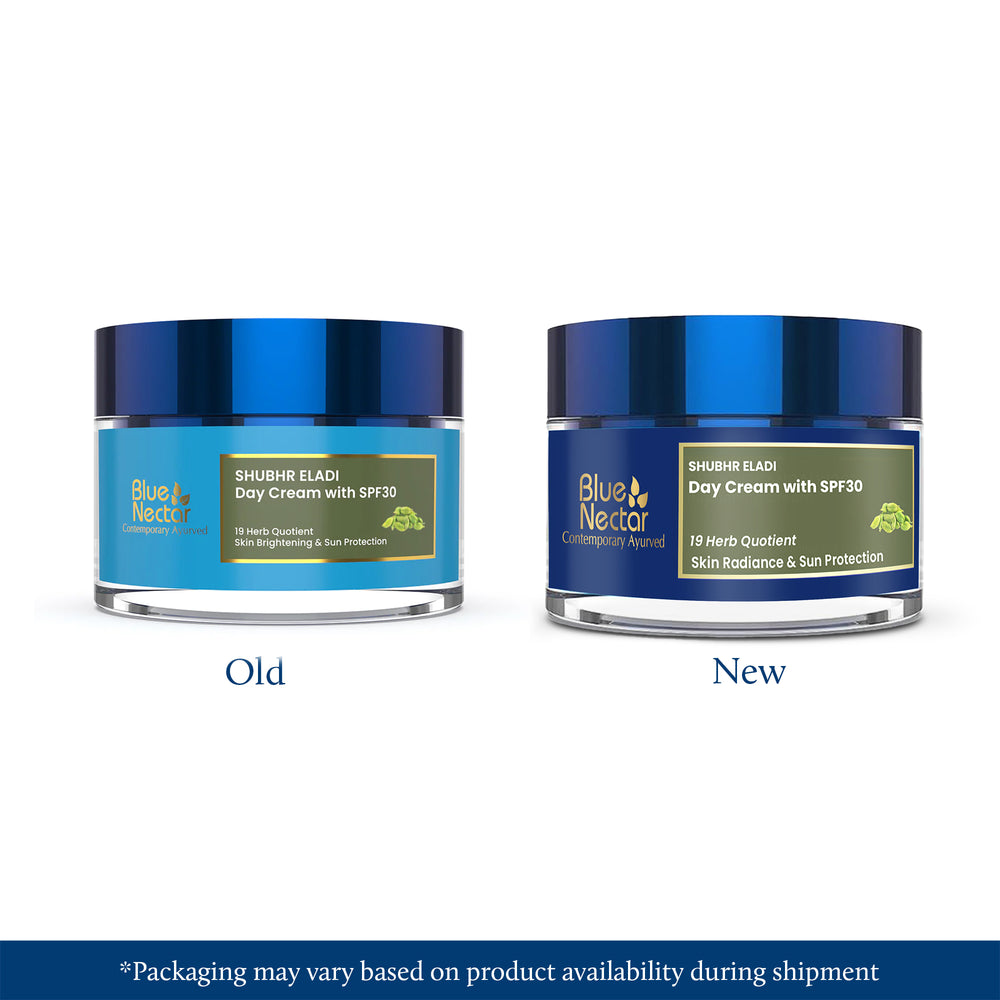
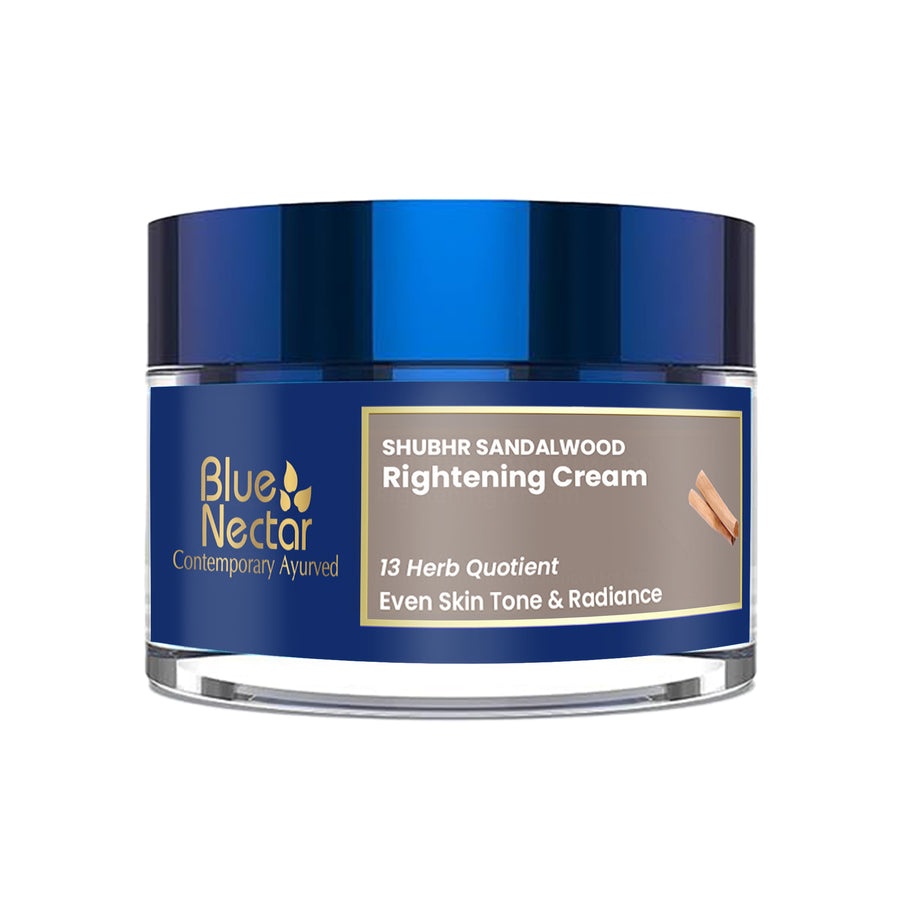
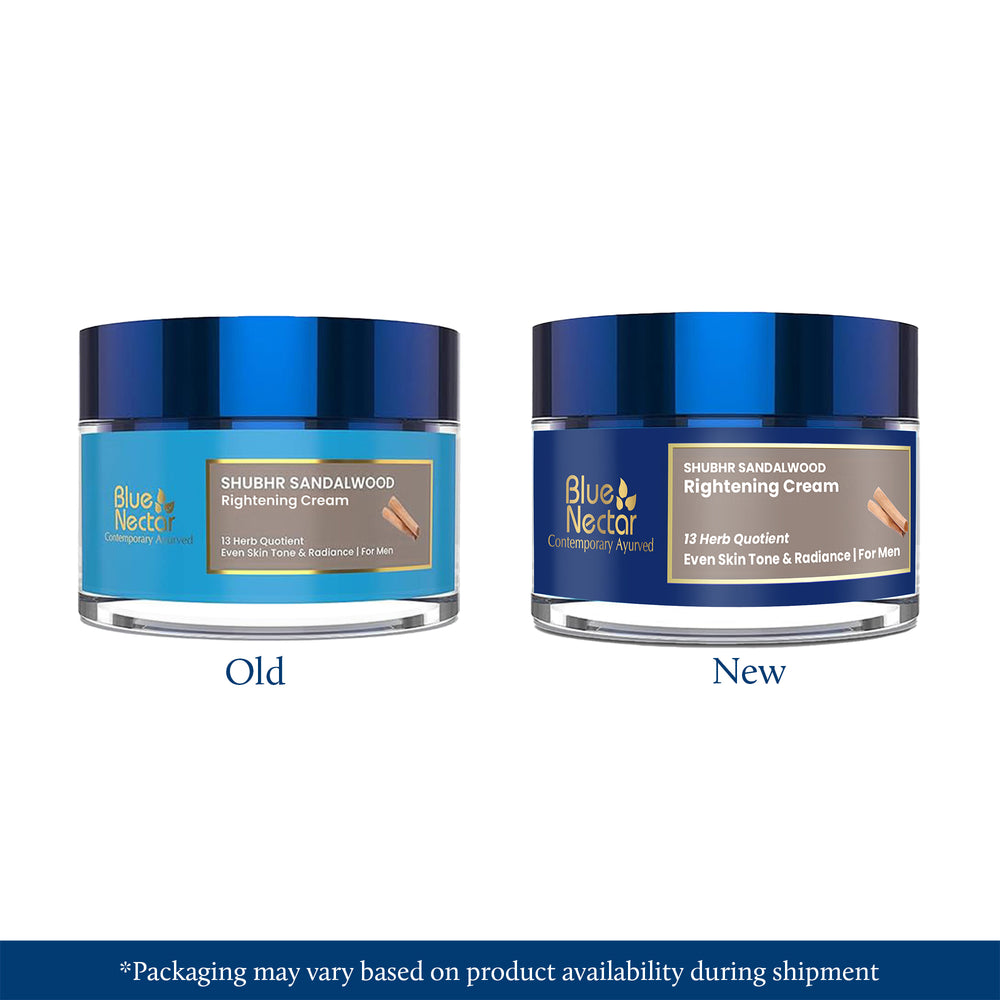




Leave a comment